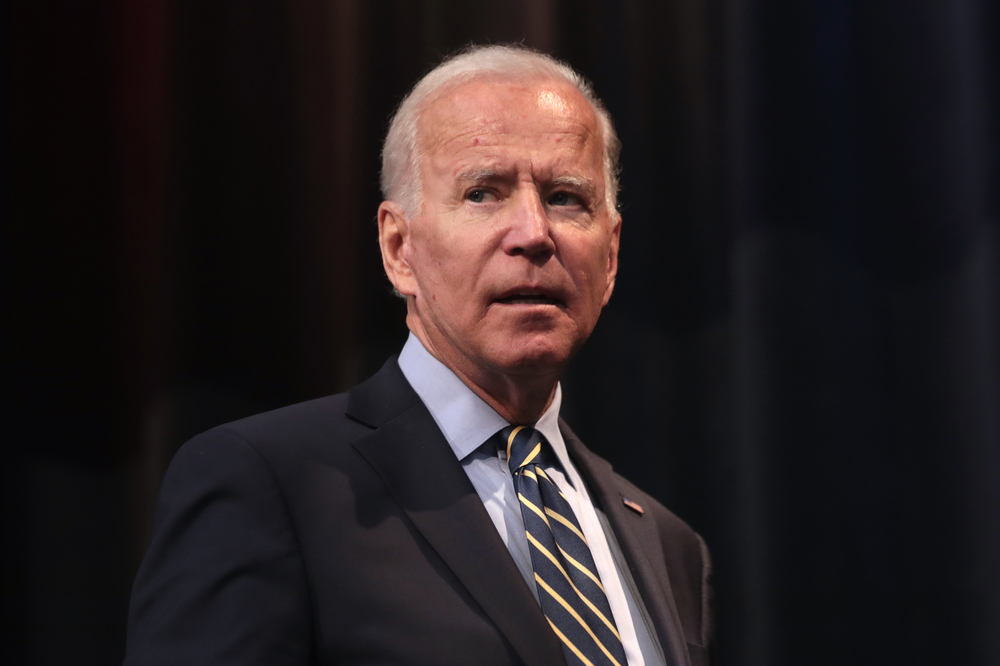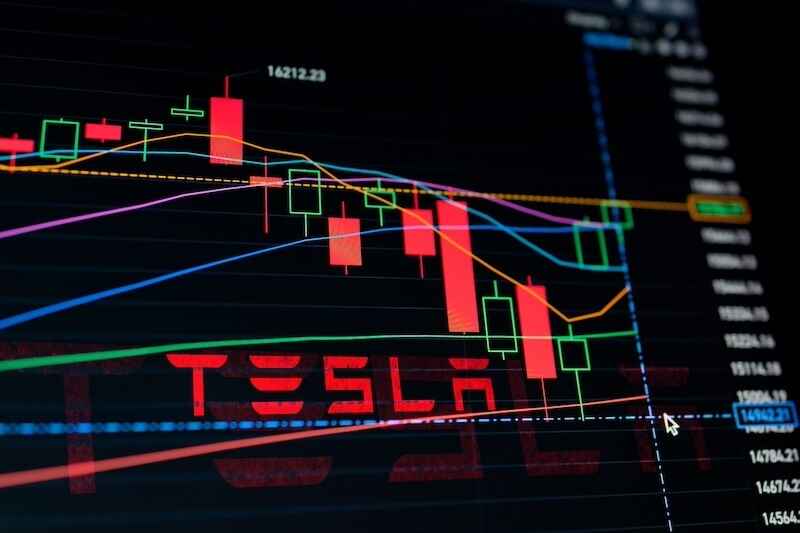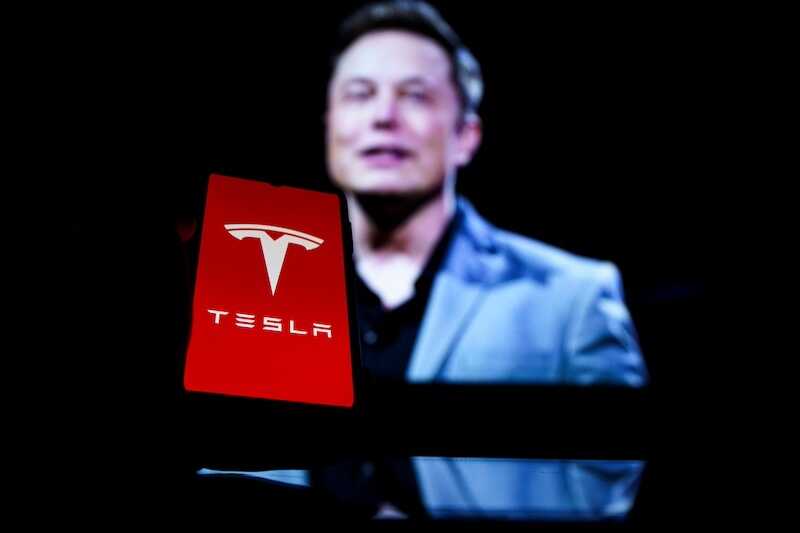The Sad History Behind Biden’s $2.25 Trillion Infrastructure Plan
Andy Snyder|April 1, 2021

The president has just outlined a massive opportunity for investors.
If Biden’s $2.25 trillion infrastructure plan becomes law, huge sums of money will go from one hand (starting, of course, with the taxpayer) to the next.
But before you jump onto your broker’s platform and start buying shares of anything, there’s something you need to understand.
It involves your money… how to make more of it… and something the government is not all that eager to talk about.
You see, there’s a reason the president decided to unveil his next big spending package in Pittsburgh.
It’s not good.
Losing Greatness
The media will tell you it’s a symbolic gesture to the promises Biden made on the campaign trail. Pittsburgh, they’ll tell you, is the city where he kicked off his run for the White House.
But there’s a deeper – more analogous – reason Pittsburgh is such a fitting backdrop.
As you know, it used to be the steel city. At the peak of its “golden age” in 1910, Pittsburgh produced half of the world’s steel. Names whose money still moves mountains today were at the center of the action. Andrew Carnegie and J.P. Morgan worked together to create a monstrous steel conglomerate worth $1.4 billion – the largest private company on the planet.
The steel-guzzling birth of the railroad industry created a huge appetite for everything they produced.
The town boomed.
Things have changed.
The reason is long, complicated and controversial. But the story of the city is not that much different from the story of the nation.
Pittsburgh’s history is littered with tales of deadly riots, segregation, pollution and corruption.
It’s also littered with tales of specialization, monopolies and economies dependent on companies that today would be deemed too big to fail.
In Pittsburgh, after all, steel was such a big, rich employer that few folks bothered to chase their entrepreneurial dreams. Why take on the risk, they figured, when they could work for the big boys?
That idea nearly ruined the city – whose population today is roughly half of what it was in 1930.
As the industrial monopoly got beaten apart by Washington and the rails and ships Pittsburgh helped build brought competition from overseas, the city’s might quickly waned.
In 1959, a devastating 116-day strike at the steel mills marked the beginning of the end.
Workers may have gotten more money when they eventually went back to work. But after four months on the picket line, they returned to see cheaper foreign competition filling their orders.
The slowdown in orders never stopped. The market found a cheaper alternative.
Within 30 years, 75% of the city’s steelmaking disappeared. And without the entrepreneurial spirit, Pittsburgh lost its way.
A Dependent City
Today, the city is cleaner. It’s safer for its workers. And it doesn’t produce a whole lot.
That’s the trouble.
The city’s largest employers these days – as Biden knew when he kicked off his campaign – all survive by spending somebody else’s money.
The top two hirers are in the insurance and healthcare game. The third-largest employer is the federal government. And the fourth-largest employer is the state of Pennsylvania.
There’s not a Carnegie, Morgan or Westinghouse in sight… but politicians love the place.
What’s happened in Pittsburgh and now in so much of the country is a good reminder that an economic engine should not run out of fuel. It shouldn’t require Uncle Sam to come in every few years and fill the tank with an explosive combination.
It should run with no artificial inputs, creating its own source of fuel.
If it doesn’t, it doesn’t matter what the “green” label says… it’s unsustainable.
History All Over Again
Looking around these days, the scene isn’t that much different from what we saw in Pittsburgh over the last century.
Entrepreneurs are being pushed aside, while the behemoths – Amazon, Google, Walmart and the big-box stores that litter our suburbs – employ more and more for less and less.
And just as we saw in Pittsburgh in the late 1800s through the 1950s, anger is high. The streets are filled with rage as many are forced to put their hands out while billionaires and their rockets zoom overhead.
Meanwhile, the foreign competition sticks its foot further and further into the door as we fight it out. Biden is right to be worried about China. It’s been taking our jobs – and our freedom – for decades.
The president has his hands full. It’s a hell of a problem with a bleak outlook.
But he and his tax-fueled counterparts have convinced much of the nation that just a bit more of somebody else’s money will fix the problem… that one more refill of the tank will keep the engine going.
History begs to differ.
The Good News
But we can’t be all dire. We must end on a high note.
There is a bright ray of light shining through the fog.
While Pittsburgh’s history is bookended by a boom and a bust, there was immense opportunity along the way. Some mighty companies came and went, creating fortunes for those with eyes open enough to see what was in front of them.
As Washington prepares to spend another couple trillion dollars, that must be our mandate.
We can’t afford to lie back and watch the clouds roll over. We can’t wait for Uncle Sam to write us our check. By then, it’ll be too late. We’ll already be done for.
This story won’t end well. Count on it.
But there will be a feverous flurry of opportunity as we get there. Those who take advantage of it will be the folks who keep their economic freedom.
Leading you to it excites us.
We’ll share the most important number investors must look for in all of this in tomorrow’s essay.

Andy Snyder
Andy Snyder is an American author, investor and serial entrepreneur. He cut his teeth at an esteemed financial firm with nearly $100 billion in assets under management. Andy and his ideas have been featured on Fox News, on countless radio stations, and in numerous print and online outlets. He’s been a keynote speaker and panelist at events all over the world, from four-star ballrooms to Capitol hearing rooms.





